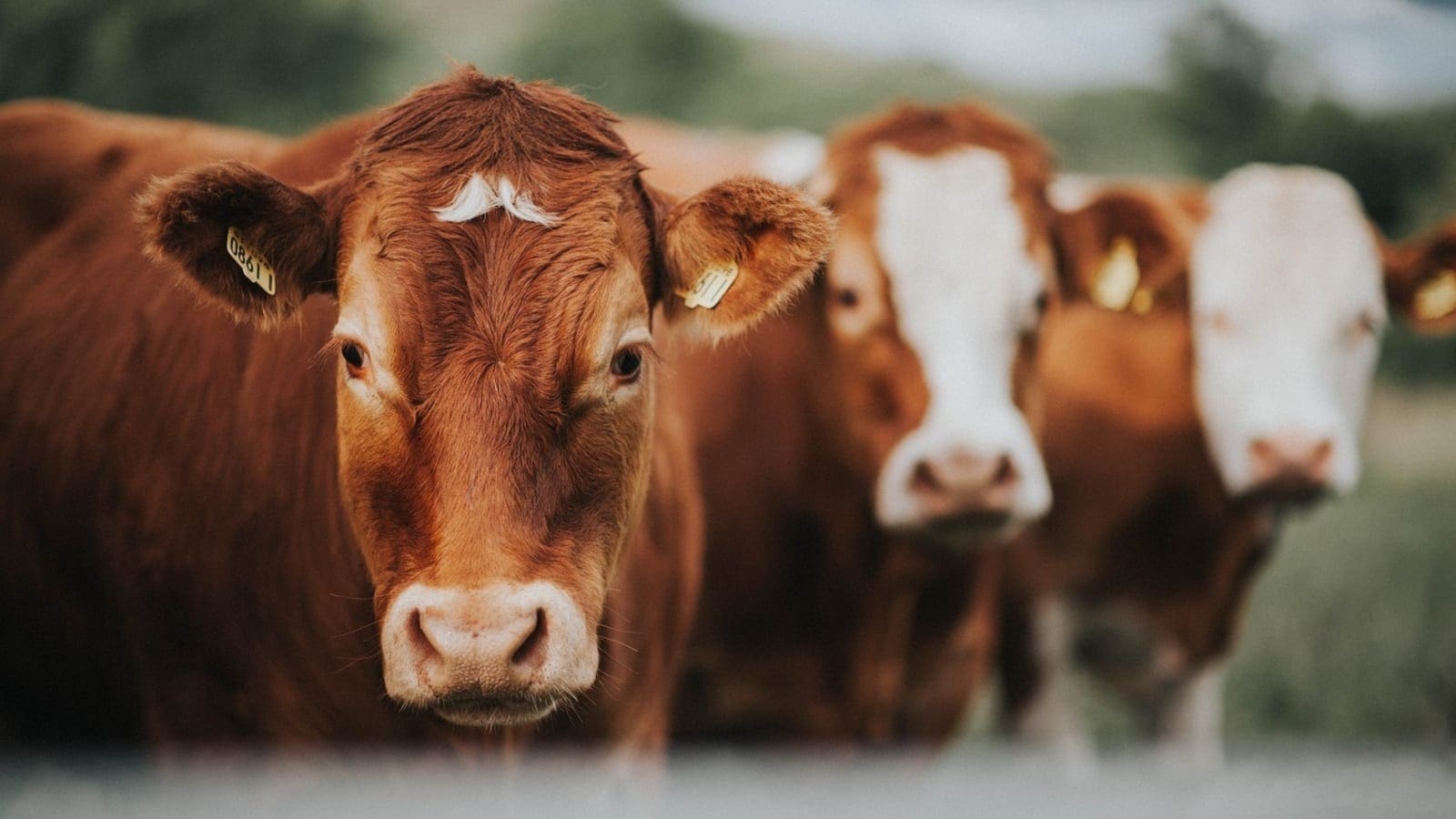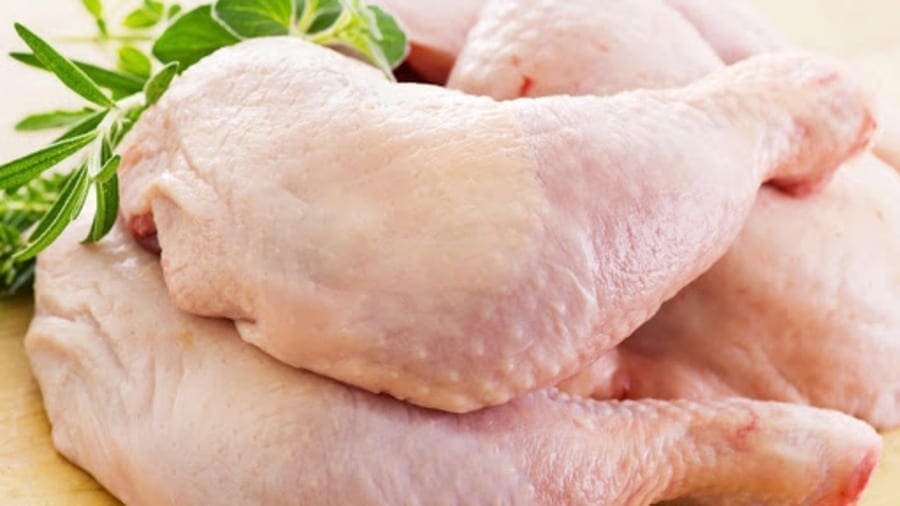KENYA – Kenyan Ministry of Agriculture and Livestock has dilated its regulatory system by developing seven directives to boost the livestock sector as well as unlock meat and dairy product production potential in the country to meet the growing market demand.
The documented directives are aimed to address regions in the country that has remained unregulated over the years and eventually affect the growth of the subsector and related fields.
“The regulations which are expected to operationalize the Livestock Bill which has been developed will unlock the sector’s full potential,” the Directorate of Livestock Policy and Regulations representative Dr. William Akwimbi said.
Once it is operationalized, the bill, he added, will create an enabling environment for the sector to grow, with the regulations expected to create numerous opportunities
According to the Animal Production Society of Kenya chairman, Samuel Mbuku, the regulation will be key to making the sector productive, competitive, and resilient in the national and global market.
“The existing gaps in the sector have affected production, with the effects of climate change adversely affecting production,” he added.
In 2019, statistics from the Kenya Bureau of Standards indicated that Kenya’s livestock sector is primed to grow exponentially over the next three decades and anchor the country’s food sufficiency amid a rapid rise in the human population.
Estimates derived from the statistics showed that the human population stood at 47 million and is projected to grow to 96 million by 2050 pilling pressure on food supplies.
“As a consequence, the demand for animal-source foods will exponentially increase transforming deeply the livestock sector,” FAO revealed.
The FAO estimated that by 2050 the cattle population in Kenya will have increased by 90% while milk and beef production will rise to 17,000 tonnes and 2,000 tonnes, respectively.
According to a survey done by the Economic Survey in 2019, beef is largely produced in arid and semi-arid areas (ASALs), where about 36 % of the Kenyan population live while dairy production is concentrated in high-potential agroecological zones where fodder and pastures are available.
“Quantities of milk and cream processed increased by 10.6% from 410.6 million litres in 2017 to 454.1 million litres in 2018 while butter/ghee and cheese processing experienced a 10.8 % and 15.5 % growth, respectively, in 2018,” the Economic Survey said.
The survey showed that 2.78 million cows were slaughtered, 7.3% higher than 2017’s 2.59 million cows, which also saw 10.2 million sheep and goats slaughtered, an 11.3 % rise from the 9.2 million sold to abattoirs in major towns.
For all the latest food industry news from Africa and the World, subscribe to our NEWSLETTER, follow us on Twitter and LinkedIn, like us on Facebook and subscribe to our YouTube channel.











